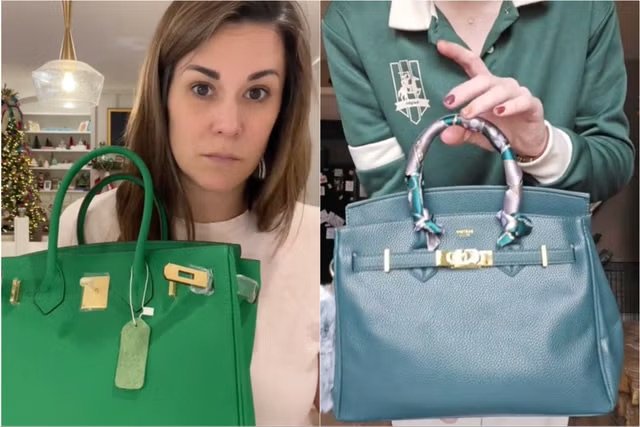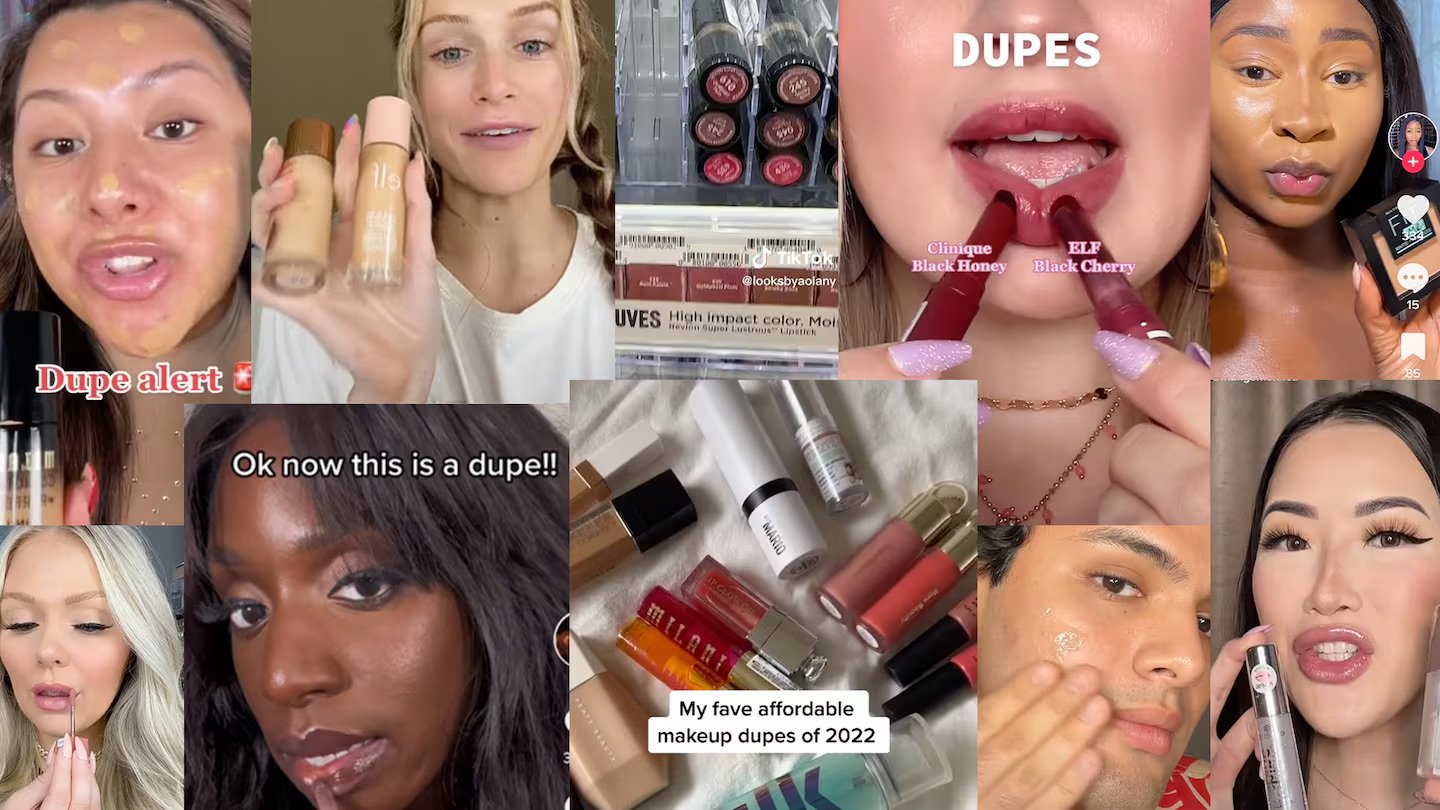No More “Chasing Rich”—The Walmart Birkin Has Entered The Chat
By Emily Cao
The true potential of TikTok marketing has reached its potential. Wrong. The app broke the internet again by turning a $80 handbag into a viral fashion icon overnight: the so-called “Walmart Birkin,” also known as the “Wirkin” bag. The attention surrounding the faux-leather bag overshadows the flashy and hard-to-find Hermès Birkin—especially since the legendary bag costs at least $10,000. Without curated craftsmanship or exclusivity, the Walmart Birkin skyrocketed to fame, prompting consumers to rethink what makes fashion feel special—and who gets to access it.
Image courtesy: YouTube
So what does this say about branding today? More than most brands dare to admit...
How a $80 Bag Beat the Algorithm
One of the biggest forces behind the Wirkin’s rise was TikTok influencers like @nyasiaximani. On October 31, she posted a video stumbling across the Birkin-adjacent bag inside a Walmart store. It racked up over 7 million views and 500K+ likes. After that? A frenzy. The bags sold out in stores and online almost instantly. The Wirkin didn’t become a coveted fashion item because of scarcity—it became one because anyone could have it.While the Wirkin's rise to fame may have been unintentional on Walmart’s part, it showed just how powerful TikTok can be when it comes to flipping the script on fashion trends.
From Likes to Loyalty...?
TikTok has completely turned the fashion industry upside down—particularly the prestige of owning something authentic and exclusive. Sure, designer brands are recognized for their craftsmanship and legacy. But TikTok has proven that those factors aren’t always what drive desirability anymore. It’s the moments and stories that one can share from a fashion item.
Where value was once rooted in brand heritage or celebrity co-signs, today a single viral TikTok can launch a product into cult status overnight. It’s no longer about luxury, it’s about how something makes you feel, and whether people want in.
While building long-term loyalty through TikTok is a stretch, the platform can’t be ignored. It’s not just about virality—it's about creating culture. From funny commentary to community-driven storytelling, TikTok content resonates when it feels real, not rehearsed. It places less weight on traditional marketing and more on relevance and relatability.
It also puts power back into the hands of the consumer. TikTok lets users not just consume content—but create it. That changes everything. The app doesn’t just influence what we buy, it redefines why we buy.
Image courtesy: The Independent
Is Exclusivity Still Relevant?
Yes—and no. Traditionally, designer brands thrive on scarcity and gatekeeping. But in the digital age, they’ve had to reevaluate. The challenge now? Finding the balance between exclusivity and accessibility—because while scarcity builds desire, too much gatekeeping can backfire.
The rise of quiet luxury reflects a shift: less flash, more intention. Today, quality and craftsmanship are more important than overt branding. Brands like The Row embrace this idea by focusing on quality, experience, and authenticity over loud logos. It’s about how a product makes you feel, not what it says about your tax bracket.
Still, some brands double down on old-school exclusivity. For example, you can’t just walk into an Hermès and buy a Birkin on your first visit. The bag is reserved for those who’ve built a relationship with the brand—a prestige that's not only purchased, but earned. That legacy is part of what made the Birkin bag so iconic in the first place.
Given the limited availability of the Birkin bags, Gen Z often looks for knockoffs or a more affordable alternative, which is often due to the Fear of Missing Out (FOMO) phenomenon. As everyone has the urge to own a popular item to fit in with others, this overconsumption behavior might lead to a saturated fashion market, where it places exclusivity on a less important spectrum.
From Iconic to Ironic: When Luxury Brands Are Playing with Fire
It’s an exaggeration to say exclusivity doesn’t matter anymore—people still love owning something no one else has. But today, what matters more is how that exclusivity is communicated.
Brands can (and should) preserve a sense of rarity, but they need to do it in a way that resonates with today’s consumers. That means participating in cultural movements and standing for something real. It means building community without selling out. It means inviting people in—even if just a little.
Gen Z Comes to The Rescue of Dupes?
In the fashion industry, dupes used to be taboo, a faux pas. But, Gen Z has rewritten that rulebook. For them, dupes aren’t just okay—they're smart. It’s about value, not validation. Thanks to TikTok and digital culture, dupe culture is more acceptable than ever. Influencers openly recommend them, and followers proudly buy in. It’s not about pretending to own the real thing—it’s about owning the moment on your own terms.
Even those who can afford luxury often opt for dupes as a financial flex of their own. Gen Z sees no shame in saving money. It's a choice rooted in savvy, not lack. This is reflected in a survey conducted by Business Insider and YouGov, reporting that 71% of Gen Z would generally buy cheaper versions of luxury products.
Image courtesy: Business of Fashion
The Wirkin Changed the Game—Now What?
The rise of the Walmart Birkin isn’t just a quirky fashion moment—it’s a blueprint for how branding works in a post-status world. As consumers lean into accessibility, irony, and authenticity, brands have to move beyond legacy and lean into culture. Whether it's a $10,000 bag or a Walmart dupe, the story behind a product often matters more than the product itself. In the age of TikTok, who says it's cool—and how it fits into a larger narrative—can make or break its relevance. Exclusivity isn’t dead, but it's being redefined. And for brands paying attention? That’s not a threat; it’s an opportunity.



